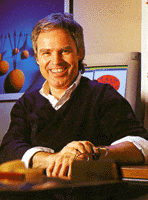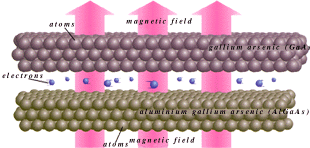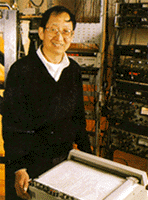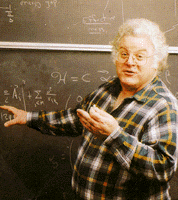The Nobel Prize in Physics 1998
 |
||
| Photo: Brigitta Hanggi, Lucent Technologies
Princeton University N.J., USA |
Photo: Brigitta Hanggi, Lucent Technologies
Columbia University, N.Y. and Bell Labs, N.J., USA |
Photo: Stanford University
Stanford University CA, USA |
For over a hundred years the electron has been one of the most dependable and stable elements of physics; its foundation and workhorse. It has withstood all attempts to split it, has maintained its charge and has nearly always avoided relationships with other electrons. This year’s Nobel laureates’ discovery shows that electrons in powerful magnetic fields can associate with one another. They can behave like a quantum fluid and can act as if they could form new types of particle each bearing but a fraction of the electron’s charge.

Nobel Prizes and laureates
Six prizes were awarded for achievements that have conferred the greatest benefit to humankind. The 12 laureates' work and discoveries range from proteins' structures and machine learning to fighting for a world free of nuclear weapons.
See them all presented here.


